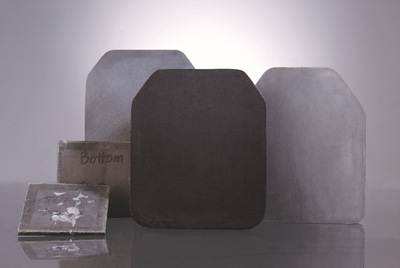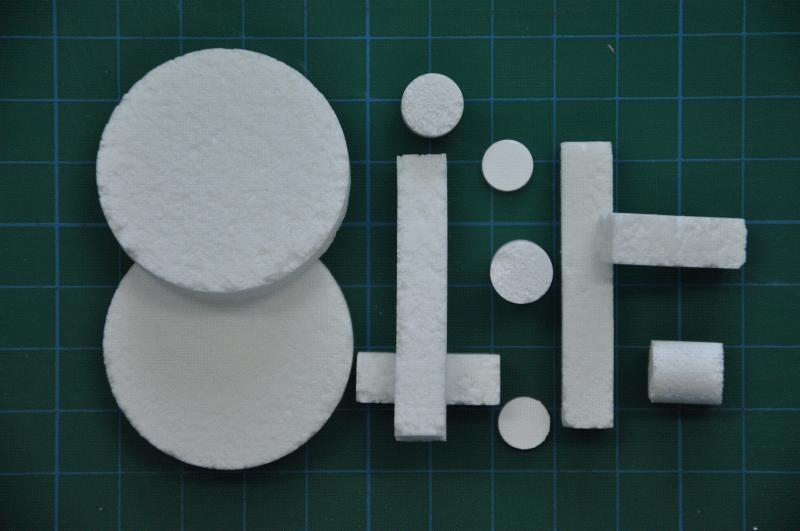Generally, a slightly thicker film with a thickness in the range of 10~15μm is called a thick film. Thick film ohmic conductive ceramics are generally prepared by
The "thick film method" or "screen printing method" process.
The matrix is usually a ceramic body made of 96% Al2O3. Then use the above thick film method or screen printing method to glaze and
The active resistive component is coated on the substrate, and after firing, it is firmly bonded to the substrate to form a thick film resistor.
Although the preparation of pastes and resistors is very simple, the obtained device structure is very complicated, and the conductive mechanism is still a problem issues discussed.
The active resistance component is usually a highly conductive oxide (10^5~10^6S/m), such as PbO, RuO2, Bi2Ru2O7 andB2Ir2O7. Their electrical properties are similar to metals and have low positive temperature coefficient resistivity (PTCR). Glaze is usually boric acid
Lead, the general composition is (wt%) 52PbO-35SiO2-10B2O3-3Al2O3. Under normal circumstances, resistors exhibit high resistivity and large negative temperature coefficient (NTC) when the concentration of conductive components is low, and exhibit low resistivity and positive temperature at high concentrations coefficient (PTC). This difference in performance is caused by the irregular distribution of conductive particles on the insulating substrate. The average particle size of the metal particles dispersed in the insulating matrix is 100μm, and the conductivity is very low when the metal concentration is very small; and when the concentration is slightly increased in the range of about 10vol%, the conductivity can increase by several orders of magnitude. This result can be understood as the gradual formation of continuous contact between the particles forming the electrode under precise control of the concentration.
Electron microscopy shows that the dispersed conductive particles form particle bonds close to each other. According to this model,In the case of very dispersed, there will also be a conductive particle bond connected to the electrode. The resistance is formed by two parts, one of which is a conductive particle The internal resistance of the particles; the second is the resistance of the contact area between them. The former provides PTCR, while the latter provides NCR if it relies on the semiconductor phenomenon formed by thermal excitation. But so far, it has not been possible to determine the properties between the surface of the material particles. It has been proved that the solubility of conductive oxides in the glaze is very small, but due to the thin film between the grains, the glaze has sufficient electrical conductivity.
In addition, the composition of the glaze has moisture resistance and is stable in normal environments.
In actual production, the production conditions should be strictly controlled to ensure good production repeatability.

conductive ceramics
Declaration: This article is provided by CERADIR™ users or obtained from Internet, the content does not represent the position of CERADIR™. We are not responsible for the authenticity/accuracy of the article, especially the effects of the products concerned. This article is for study only, it does not constitute any investment or application advice. For reprinting, please contact the original author. If it involves the copyright and/or other issues, please contact us and we will deal with it asap! CERADIR™ has the interpretation of this declaration.







